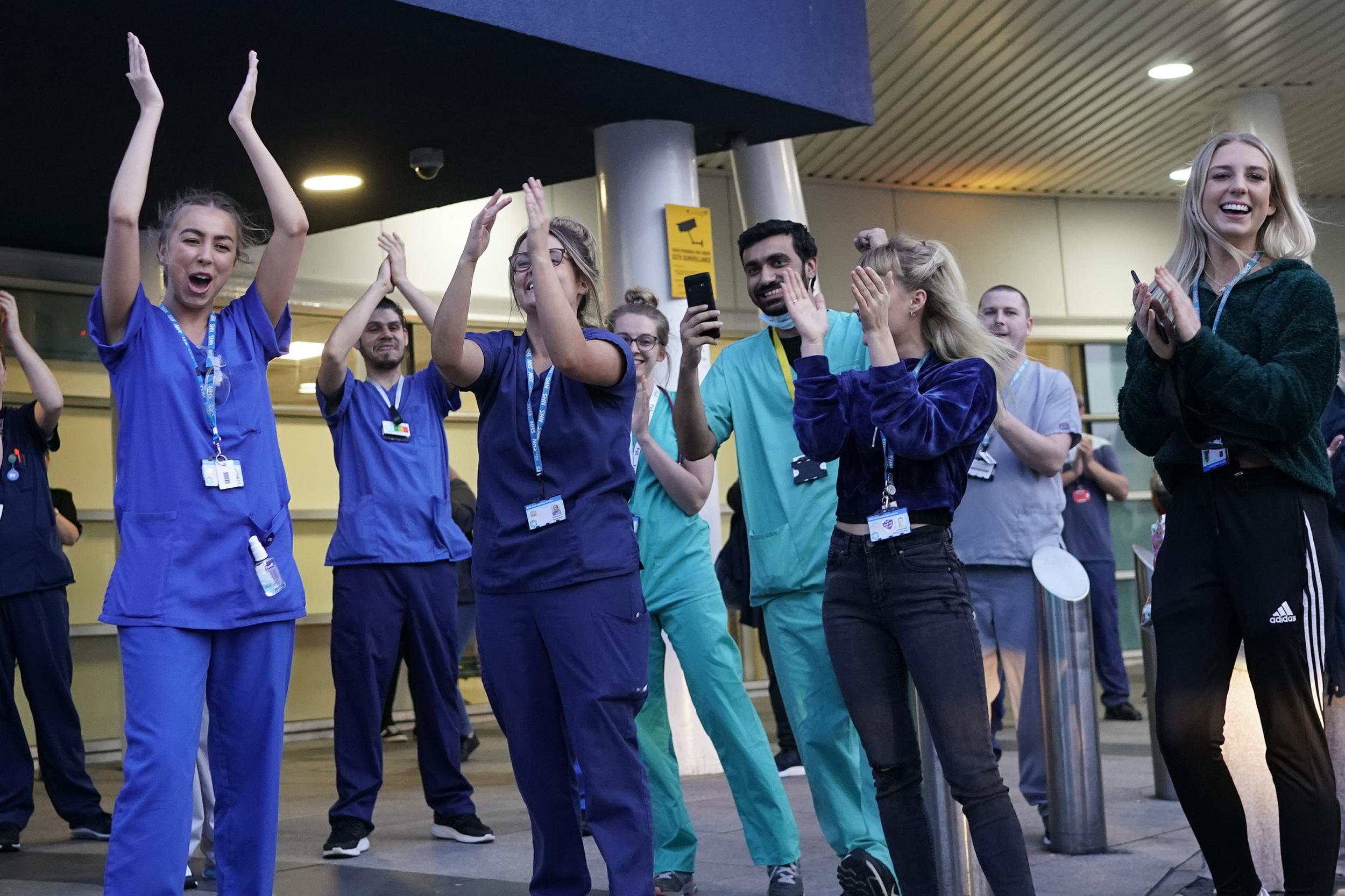NHS workers are distressed, afraid and unable to sleep – how much longer before they burn out?
A principal of major incident management is to preserve the workers, without which there is no rescue. But with such workforce shortages how will this happen? There is no reserve, writes Alison Leary


The UK is currently caught in a pandemic which is putting an enormous demand on the NHS and social care. But what is the NHS? The NHS is its workforce and its reach extends from intensive care units in acute hospitals to community pharmacy.
It’s a big complex system with a very diverse yet purposeful workforce of more than one and a half million people with a commitment to a common mission that many other sectors can only dream of.
Even before the pandemic, it was a workforce under extreme pressure. With more than 100,000 vacancies of which over 40,000 are registered nurses, dealing with the massive surge caused by Covid-19 has stretched that workforce even further and put additional pressure on the organisations and individuals who must provide care.
Nurses who have not worked on a ward for 20 years are now having to work in intensive care units, ICU nurses who are highly trained and would usually provide one-to-one care are having to care for far more patients, and outpatient receptionists are having to call families with the worst news they will ever hear. But it’s all about mucking in, being a hero, doing your best. There is a welcome round of applause on Thursday nights. As Tennyson said, theirs not to reason why.
The emotional, physical and psychological burden of doing this work is draining at the best of times and even the most resilient can only do it for so long. People are becoming tired. Several colleagues have shared with me their own distress, their fear, their inability to sleep. I’ve never heard the term “I cried all night” so often. They share their feelings that they have let people down or abandoned their patients with other long-term health conditions. For all that, the rest of healthcare still happens, people still have heart attacks and get cancer. They still go to work but this is not sustainable.
Most major incidents that the NHS faces are hours or days long. Covid-19 is a slow-moving major incident that will last for months. A principle of major incident management is to preserve the workers because without workers there is no rescue.
But with such workforce shortages how will this happen? There is no reserve. Reassurances that an additional 30,000 have come back to help sound encouraging, but is the cavalry of ex-NHS doctors and nurses really on the way to save the day? The number of actual returners who have so far reached the front line is very small. The ask of them is great. The Nightingale temporary hospitals used an agency to recruit with an expectation that people would work four 12-hour shifts in a row. Add to this unfamiliar work in hot and noisy conditions and there is a real issue of burnout.
Healthcare has no reserve model like the armed forces and no easily casual workforce as in retail. As a registered healthcare professional, I tried to volunteer to work back in the NHS. It turns out there is no process for people who offer to come back if they are not already NHS employees.
Some NHS trusts have taken the initiative locally and worked hard to preserve the workforce they have and to encourage others to join or come back. They have done this with good emergency workforce planning and consideration of factors such as age, shift length or family commitments. Other NHS organisations seem to be feeling their way through a crisis, with little planning or without even considering the increased risk that they, their staff and their patients are dealing with.
The health and care workforce is key to good outcomes for all of us, but it has become clear that there is no national emergency workforce plan for a national health service emergency.
Alison Leary is professor of healthcare and workforce modelling at London South Bank University
Join our commenting forum
Join thought-provoking conversations, follow other Independent readers and see their replies
Comments